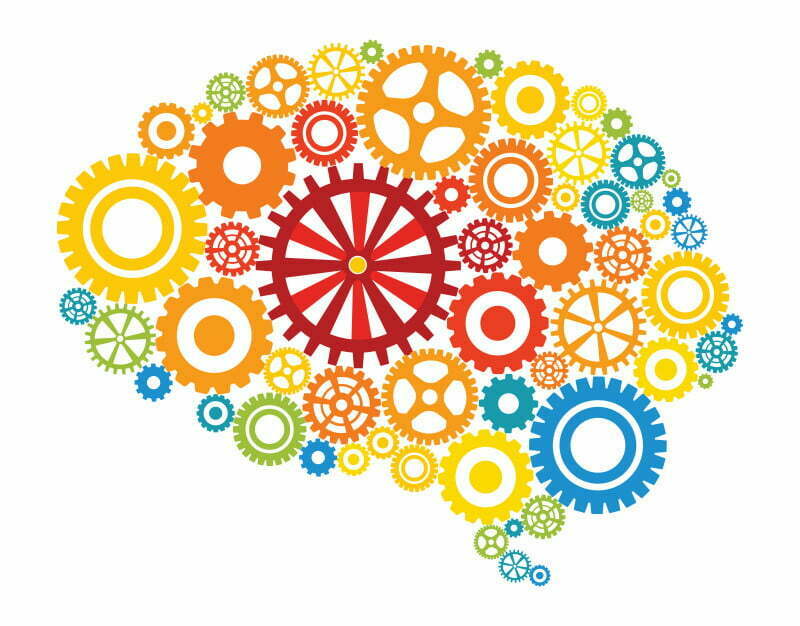While many of us haven’t heard of astrocytes, these cells are four times as plentiful in the human brain as nerve cells. Now, a team of researchers has found that astrocytes, which perform many indispensable functions in the brain, can take on a villainous character, destroying nerve cells and likely driving many neurodegenerative diseases.
A study describing the findings was published in Nature.
Up to now, the pharmaceutical industry has mostly targeted nerve cells, also known as neurons. But a broad range of brain disorders may be treatable by blocking astrocytes’ metamorphosis into toxic cells, or by pharmaceutically countering the neuron-killing toxin those harmful cells almost certainly secrete.
Once thought of as mere packing peanuts whose job it was to keep neurons from jiggling when we jog, astrocytes are now understood to provide critical hands-on support and guidance to neurons, enhancing their survival and shaping the shared connections between them that define the brain’s labyrinthine circuitry. It’s also known that traumatic brain injury, stroke, infection and disease can transform benign “resting astrocytes” into “reactive astrocytes” with altered features and behaviors. But until recently, whether reactive astrocytes were up to good or evil was an open question.
In 2012, researchers resolved that ambiguity when they identified two distinct types of reactive astrocytes, which they called A1 and A2. In the presence of LPS, a component found in the cell walls of bacteria, they observed that resting astrocytes somehow wind up getting transformed into A1s, which are primed to produce large volumes of pro-inflammatory substances. A2s, on the other hand, are induced by oxygen deprivation in the brain, which occurs during strokes. A2s produce substances supporting neuron growth, health and survival near the stroke site.
This raised two questions: How are A1s generated? And once they’re generated, what do they do? The new study answers both questions.
In addressing the first question, the study showed that the brain’s immune cells, microglia, which are known to become activated by LPS exposure as well as in most brain injuries and diseases, begin spewing out pro-inflammatory factors that change astrocytes’ behavior.
In a series of experiments using laboratory mice, the scientists identified three pro-inflammatory factors whose production was ramped up after LPS exposure. In the brain, all three of these substances are secreted exclusively by microglia. Each, by itself, had a partial A1-inducing effect on resting astrocytes. Combined, they propelled resting astrocytes into a full-fledged A1 state.
Next, the researchers confirmed that A1s jettison the nurturing qualities they’d had as resting astrocytes and instead became toxic to neurons.
In vertebrates, nerve cells called retinal ganglion cells (RGCs) send information from the retina to vision-processing centers in the brain. RGCs can thrive in culture, but only if accompanied by astrocytes. The scientists cultured rodent RGCs with either resting or A1 astrocytes and counted the resulting synapse numbers. RGCs cultured in combination with A1s produced only half as many synapses as RGCs grown with resting astrocytes, and those that formed didn’t work very well.
Further experiments showed that A1s lose resting astrocytes’ capacity to prune synapses that are no longer needed or no longer functional and whose continued existence undermines efficient brain function.
Indeed, when the researchers cultured healthy RGCs with increasingly stronger concentrations of the broth in which A1s had been bathing, almost all the RGCs eventually died. This and other experiments showed that A1s secrete a powerful, neuron-killing toxin.
The same treatment killed many other types of neurons, including both the spinal motor neurons that die in amyotrophic lateral sclerosis and the human dopaminergic neurons whose mysterious loss is the cause of Parkinson’s disease.
Finally, the researchers analyzed samples of human brain tissue from patients with Alzheimer’s disease, Parkinson’s disease, Huntington’s disease, amyotrophic lateral sclerosis and multiple sclerosis. In every case, they observed large numbers of A1s preferentially clustering where the disease was most active. For example, in the samples from Alzheimer’s patients, nearly 60 percent of the astrocytes present in the prefrontal cortex, a region where the disease takes a great toll, were of the A1 variety. Because A1s are highly toxic to both neurons and oligodendrocytes, these findings strongly imply that A1 formation is helping to drive neurodegeneration in these diseases.
Paper: “Neurotoxic reactive astrocytes are induced by activated microglia”
Reprinted from materials provided by Stanford University.

